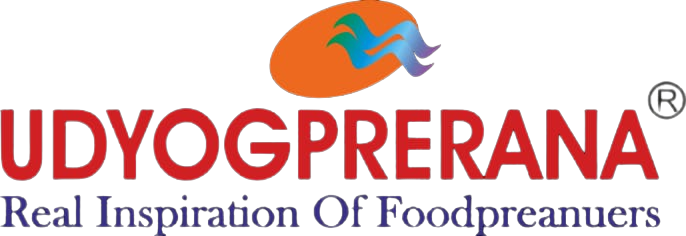WHAT IS DEHYDRATION?
Drying is one of the oldest methods of food preservation, where water activity is reduced by separating out water. Drying in earlier times was done under the sunlight, but today many types of sophisticated equipment and methods are being used to dehydrate foods—huge varieties of drying methods are now available. Drying is a method of water removal to form final products as solids, while concentration means the removal of water while retaining the liquid condition.
The preservation of foods by dehydration is the time-honoured and most common method used by humans and the food processing industry. Dehydration reduces the water activity, thus preserving foods by avoiding microbial growth and deteriorative chemical reactions. The effects of heat on microorganisms and the activity of enzymes are also important in the drying of foods. In the case of foods to be preserved by drying, it is important to maximize microorganism and enzyme inactivation for preventing spoilage and enhancing safety, and reduce the components responsible for the deterioration of the dried foods. Also, in the case of drying bacterial cultures, enzymes, or vitamins, minimum inactivation of the microorganism and enzyme is required. Thus, detrimental effects of drying may be desirable or undesirable, depending on the purpose of the drying process.
WHY DEHYDRATION?
- Water activity is defined as the ratio of vapour pressure of food to that of the vapour pressure of pure water at a constant temperature. Reduction in water activity (aw) so control/check over chemical and microbiological changes (deterioration).
- Reduction in weight, size and volume of the food material. Hence bulk transportation becomes easier and cheaper.
- Packaging requirements are simple and cheap.
- Facilitate further processing. Example: grain drying for flour, Dehydration of spices for extraction of essential oils
- Do not require cold chain
- Processing cost is low
- Bright market demand
- Easy and traceable technology
- Gives value addition to agro commodities
- Requires less manpower
Dehydration is the common and effective solution for shelf life enhancement of perishable agro commodities.
Factors affecting the shelf life: Moisture content and the enzymes in the agro produce affect the shelf life.
Normally perishable agro commodity contains 80-90% moisture. When stored at ambient conditions both these parameters deteriorate the quality and shelf life.
Slow removal of moisture contents from the agro produce from 90% to 6% is known as dehydration process. Sun drying is oldest method of preservation of vegetables and fruits. The basic limitation or threats of sun drying are colour change and possibility of contamination. Dehydration using electricity and steam will be costly.
The important parameters of dehydration process and quality
- Colour
- Aroma
- Minerals
- Fibers
- Vitamins
- Rehydration Property
With the help of authentic dehydration parameters, we can enhance the shelf life of vegetables and fruits up to one year, this will save the wastage of these vegetables and can empower the farmers.
There are various technologies practiced in processed food industry like- Hot air dehydration, Vacuum dehydration, freeze drying, Fluidized bed drying, hot drum drying, spray drying etc.
But, among all above technologies majorly practiced dehydration technology is hot air drying and vacuum drying.
Water InactiveTM is the combined, refined dehydration technology with low temperature dehydration method which is having major strengths and USPs as follows,
- Far Better Quality and Nutrition than Conventional Solar & Hot Air dehydration technology.
- 100% Safe and Hygienic process.
- Offer the products much more stable than other dehydrated technology with long shelf life.
- The price will be cheaper than other technology for dried products.
- 100% traceability for short listed products will be added advantage
The dehydration process will ensure the value addition, long shelf and minimize the financial risk. Also all this will be considered as post-harvest and shelf life enhancement activity. Promoters can make tie up with global and domestic B2B buyers.
To overcome the tremendous losses of perishable agro commodities, dehydration is one of the precise process technologies. Dehydration can be practiced in minimum investments and with minimum manpower. You just need the right technology like WATER INACTIVETM to get market appealing products.
Combination Technology
To make the techno commercial viability and the making the plant suitable for multi-commodity dehydration, more than one dehydration technology will be used. e.g. Solar and hot air, Heat pump, Heat loop or partial vacuum etc.
The Process Technology offered under Water InactiveTM is a two-phase technology where initial moisture is reduced from 90% to 60% using Bin Dryers and further reduction of temperature from 60% to 7% happens in tray dryers using hot air and partial vacuum technology or heat loop technology.

